Many Koreans will tell you that Yeouido island is the Manhattan of Seoul.
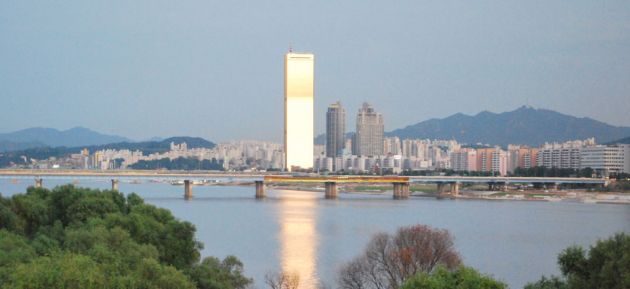
If you visit, you’d see throngs of suited men and women walking briskly beneath the island’s business towers. Yeouido island (여의도) is home to not only Korea’s largest banks and financial services companies, but also to its major broadcasters and global behemoths like LG.
At about 8.4 square kilometers, Yeouido island is by far Seoul’s largest island. But despite its strategic location in the middle of one of the world’s largest cities, the name “yeouido” actually means something along the lines of, “you can have it.”
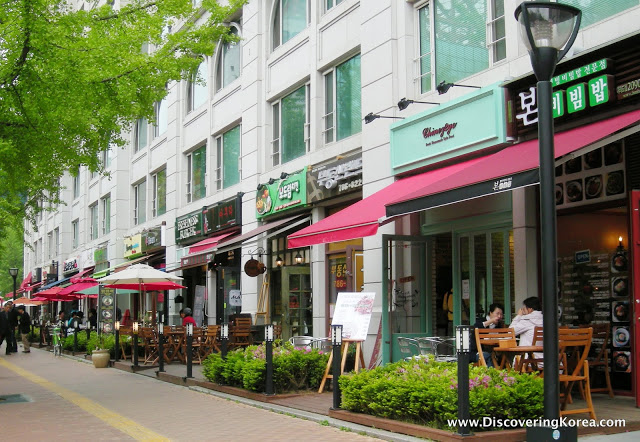
In the past, this now very valuable piece of real estate was thought to be worthless, since most of it disappeared whenever the Hangang river (한강) frequently flooded.
As a result, for centuries Yeouido island was generally relegated to pastureland and peanut fields.
Perhaps Yeouido island is the Manhattan of Seoul now, but the first major development didn’t occur until 1924, when the Japanese colonial government built Seoul’s first airport.
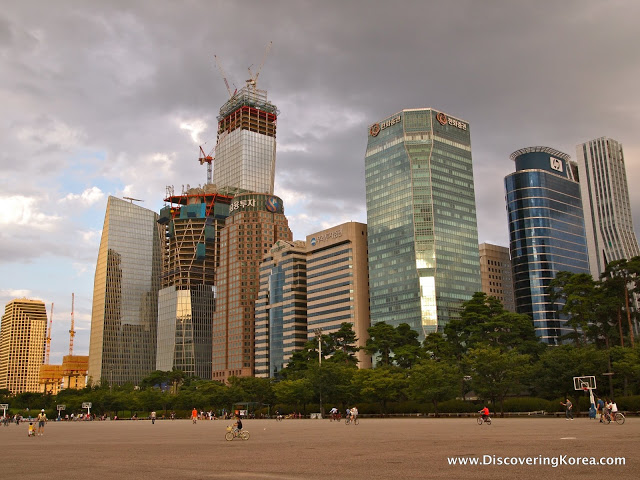
It also flooded, so it wasn’t until a bridge linked the island to the mainland in 1970 that development began in earnest.
Even during the global economic crisis big construction projects proceeded. True to the island’s core identity, on September 1, 2012, the campus of the Seoul International Financial Center officially opened.
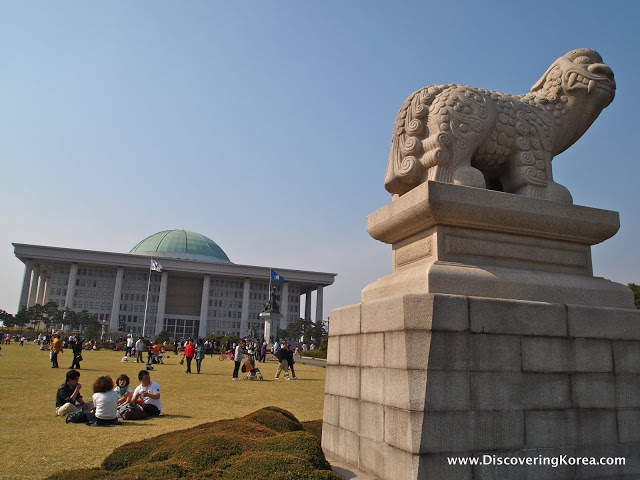
The IFC is just one of four huge building projects either completed or underway in Yeouido’s “Mid-town.”
In addition to shiny skyscrapers, Yeouido island is home to quite a few other Seoul landmarks. For example, the Yoido Full Gospel Church is reportedly the world’s largest Christian congregation, with some 830,000 members, as of 2007.
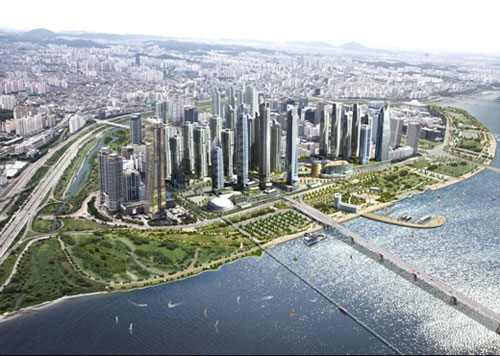
Furthermore, the island’s northern end is home to Seoul Marina (서울마리나) and the country’s political palace, the National Assembly.
The southern tip is where the iconic curved pink glass tower, the 63 Building (육삼빌딩), stands. Beyond its beauty (and the aquarium that’s inside), the iconic home of the Daehan Insurance Company was Asia’s tallest building when it was completed in 1985 (Today it’s #139).
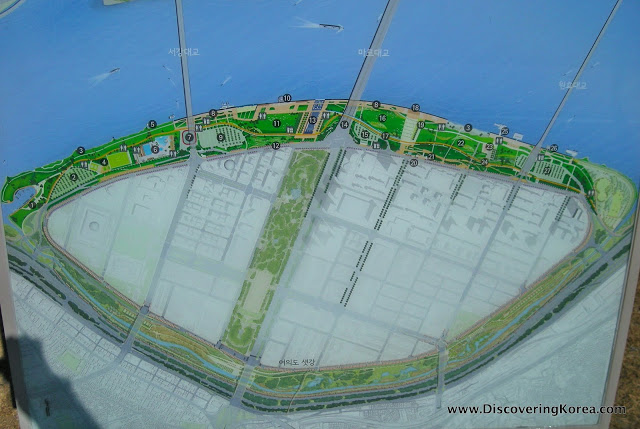
On a greener note, Yeouido island is not only completely surrounded by parks – the Yeouido Hangang Riverside Park (여의도 한강공원) to the north and the Yeouido Saetgang Ecological Park (여의도 샛강생태공원) to the south – it is bisected by one of Seoul’s loveliest parks, aptly named Yeouido Park (여의도공원) .
While it’s always a good time to visit Yeouido island, Spring is the best season. For two weeks every year, the island hosts the Hangang Yeouido Spring Flower Festival.
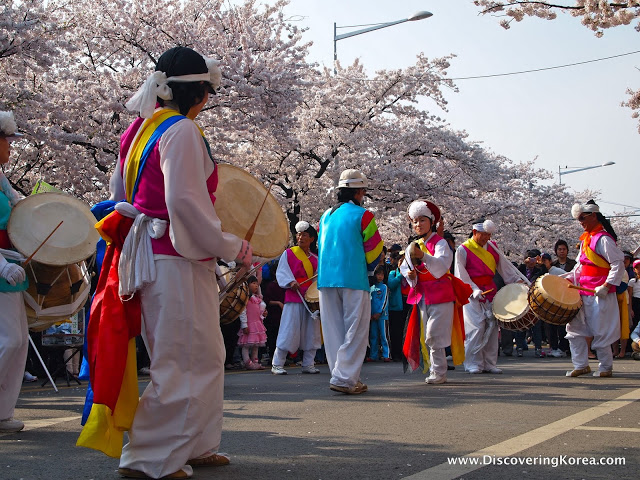
Every year, over four million people visit the island to enjoy performing arts companies from Korea and abroad, and, of course, spring flower favorites like azaleas, forsythias and cherry blossoms.
The latter is by far the biggest draw, so if you have the opportunity, walk along Yoonjung-ro (윤중로).
The sidewalk is flanked on both sides by mature cherry trees, which creates a gorgeous 5.7-kilometer canopy of pale white blooms. It’s simply the best spot in Seoul to see cherry blossoms.
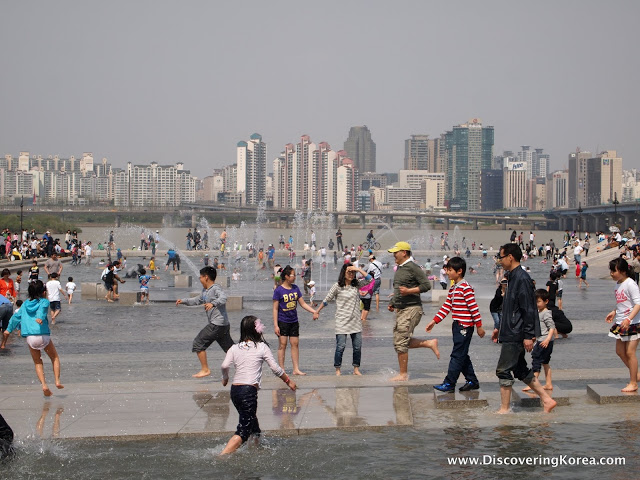
Not surprisingly, this eclectic mix of business, leisure and nature, the island also boasts a modest residential population of about 35,000.
To see if you agree that Yeouido island is the Manhattan of Seoul, the completion of Seoul Metro’s subway line 9 in 2009 made visiting all the more convenient.
About Matt Kelley
Matt Kelly is native of the US Pacific Northwest and is half-Korean by ethnicity. He lived in Korea for five years and has written hundreds of travel guides for Wallpaper, TimeOut, the Boston Globe and Seoul Magazine and was a host for several different variety shows on Korean radio and television.
